Как 3D-печать может помочь в изготовлении пресс-форм
Традиционно наиболее широко используемые производственные процессы в отрасли подразделяются на две основные группы:субтрактивное производство. , в основном представленная обработкой на станках с ЧПУ и формовочным или формовочным производством. , представленный литьем под давлением и литьем по выплавляемым моделям. Обе группы жили вместе до сегодняшнего дня, и выбор той или иной в основном зависел от сложности изделия, выбранного материала или объема производства.
В последнее время в отрасли появляется третья группа, которая открывает пробел, пока не сосуществует с двумя предыдущими:аддитивное производство или 3D-печать. За исключением очень специфических случаев или очень специфических приложений, в настоящее время как субтрактивное, так и аддитивное производство и обучение поддерживают большое количество распространенных материалов и позволяют производить очень сложные детали. Вот почему во многих случаях критерии выбора того или другого в основном основаны на стоимости производства.
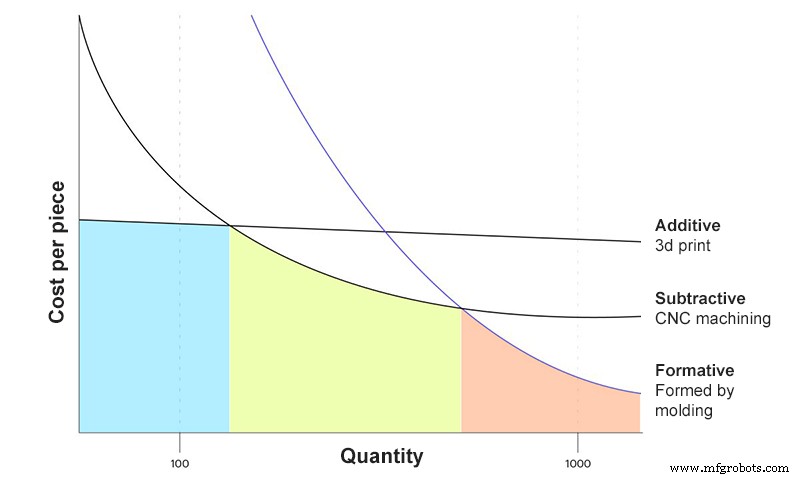
Изображение 1:Кривые затрат на единицу продукции в зависимости от объема производства. Источник:3Dhubs.com
При малых или средних объемах производства , литье не может конкурировать с аддитивным производством и обработкой с ЧПУ , в основном из-за высоких затрат на амортизацию оборудования и необходимости в дорогостоящих пресс-формах. Однако когда дело доходит до массового производства , литье — бесспорный король.
Формование литьем требует изготовления пресс-форм для литья под давлением, и расходуемых восковых негативов в случае литья по выплавляемым моделям, которые, в свою очередь, также требуют форм или методов ЧПУ для их производства. Вот почему обработка на станках с ЧПУ по-прежнему необходима даже в процессах литья под давлением. , так как традиционно это был самый распространенный метод изготовления многоразовых форм.
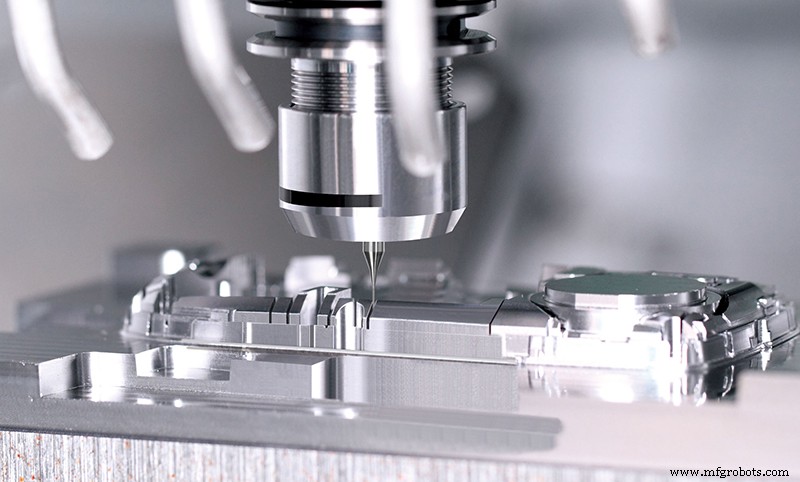
Изображение 2:Форма для литья под давлением. Источник:https://commons.wikimedia.org/
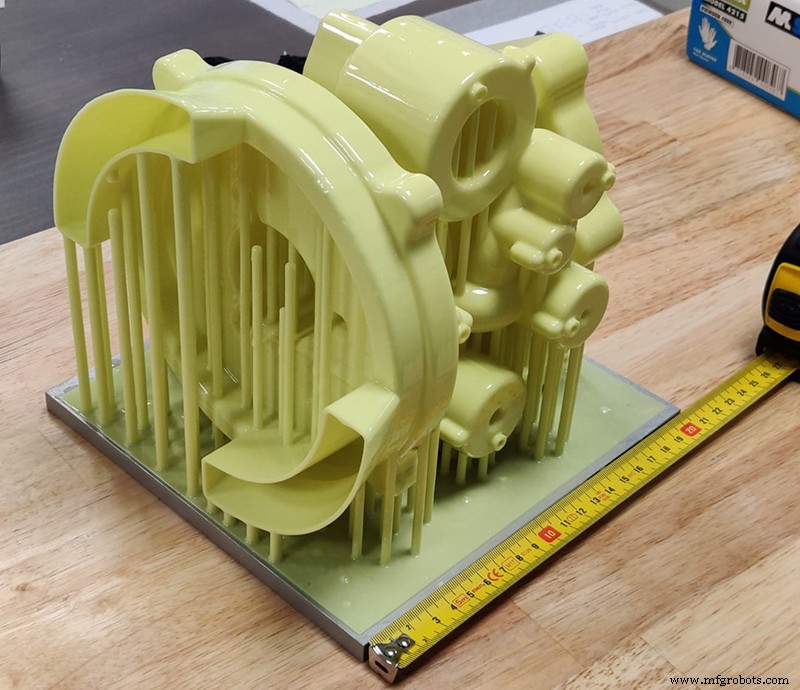
Изображение 3:Восковая модель для литья по выплавляемым моделям. Источник:https://commons.wikimedia.org/
Но что 3D-печать может привнести в литье?
Литье по выплавляемым моделям
Формование по выплавляемым моделям состоит из нанесения керамического покрытия на модель из жертвенного воска и ее прокаливания для получения таким образом формы. . Этот процесс широко используется при производстве механических компонентов из чугуна из-за его высокой точности и того факта, что он позволяет производить очень сложные формы.
The main drawback of this process is that the mold is destroyed when the part is removed, so it is necessary to create a wax model and a mold for each part.
Video 1:Investment casting process. Source: Niagara Investment Castings
To produce the wax models, a permanent mold is required, generally machined from aluminum using CNC. This means that for low production volumes costs will skyrocket . Another alternative is to use CNC machining to produce the wax models in the case of prototypes or manufacturing of few units, but although the costs are reduced it requires expensive equipment and has certain limitations regarding complex parts.
This is where 3D printing can mean a paradigm shift. On the one hand, the development of new castable materials for both SLA and FDM printing makes it possible to replace traditional wax models with 3D printed polymeric models . This supposes a series of advantages not only at the level of production costs of the models, but also in saving time and agility when introducing new products or correcting defects . Furthermore, the models manufactured by 3D printing have a much higher resistance to wax , minimizing the possibility of breaking them or causing defects during handling.
Today, practically all resin manufacturers have high-quality castable materials such as Formlabs castable resin or Uniz ZWax. This has caused 3D SLA printing to largely replace the use of wax in some sectors such as jewelry, where the use of printers such as Form 3 is common.
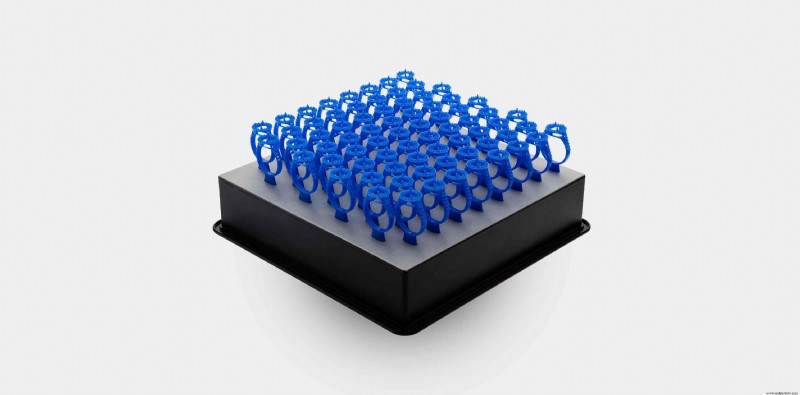
Image 3:3D printed jewelry models for use in investment casting. Источник:Formlabs
Despite this, in other sectors such as industry, wax models are still common, perhaps due to the need for large models. Today, the appearance of high-volume 3D SLA printers such as the Form 3L or UniZ zSLTV, as well as the development of castable filaments such as PolyCast, make the size limitation less and less and that the industrial sectors can benefit from the Advantages of substituting 3D models for wax models.
Video 2:Using Polycast Filament. Источник:Polymaker.
However, the production of wax models is also governed by the graph in Figure 1, reaching a point where the cost of making wax models using a mold is more profitable than producing the models by 3D printing. And even here, 3D printing has a lot to offer. The low melting temperature of the wax means that traditional aluminum or steel molds can be replaced by 3D printed molds , with the significant savings in economic and temporal costs that this entails.
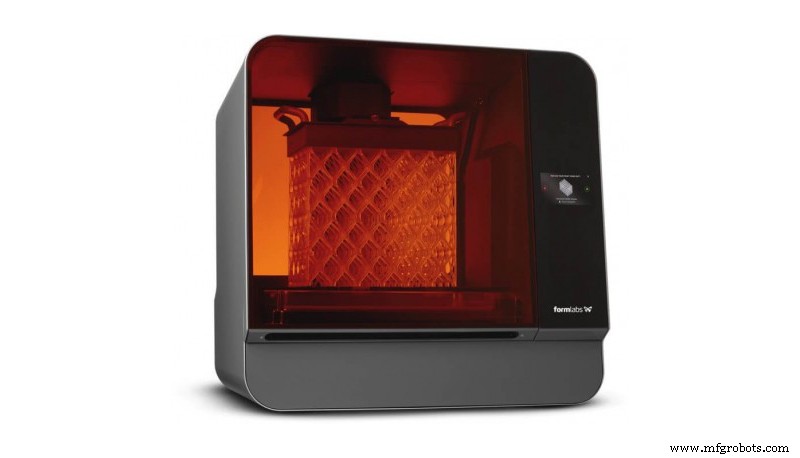
Image 4:Form 3L. Источник:Formlabs
Injection molding
Injection molding is a formative manufacturing process in which die-cast plastic is injected into a removable mold and allowed to cool and solidify inside.
Traditionally the use of 3D printing in the manufacture of injection molds has been considered unfeasible. This has been due to two main reasons:the low thermal resistance of the polymers used in 3D printing and the surface roughness inherent in metal SLS 3d printing.
Today 3D printing cannot completely replace CNC-machined molds for injection , however the development of 3D printing materials SLA with high thermal and mechanical resistance has opened the door to the use of 3D printed molds.
An example is Formlabs High Temp resin, capable of withstanding temperatures of almost 300 ºC under a pressure of 0.45 MPa. Its high thermo-mechanical properties , together with the high resolution and excellent surface finish of SLA technology, make it an ideal material for the manufacture of molds.
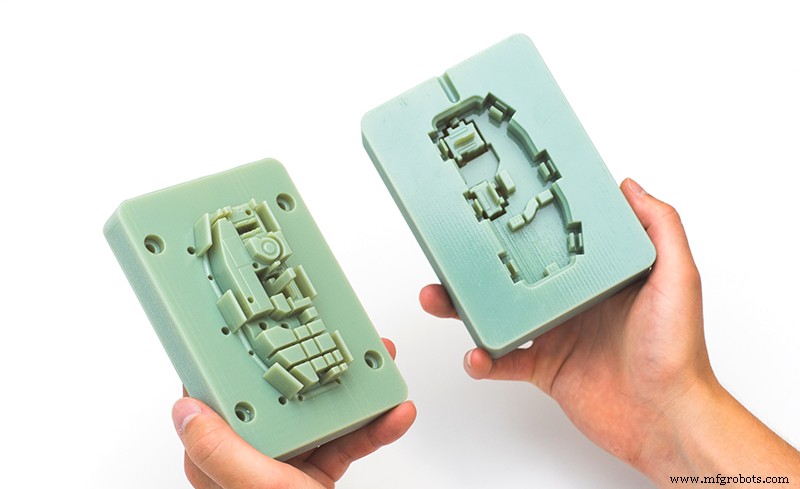
Image 5:Injection mold made by 3D printing SLA. Sourcee:3Dhubs
For this reason 3D printing can be an excellent complement in the production of injection molds. On the one hand it allows the production of economic molds for short series , and on the other hand it helps to verify the design of the metal molds before machining them . The latter is of great importance, since correcting a defect in a machined mold requires grinding processes and even the complete machining of a new mold, which leads to a significant increase in costs and a delay in production.
Silicone and thermoformed molds
Silicone and thermoformed molds are one-piece molds widely used in baking, cooking, jewelry or cosmetics.
It treats of very economic molds and of very simple manufacture. They are flexible or semi-flexible to facilitate demoulding, mainly used with non-melting or low-temperature melting materials such as chocolate, resins, cements, etc.
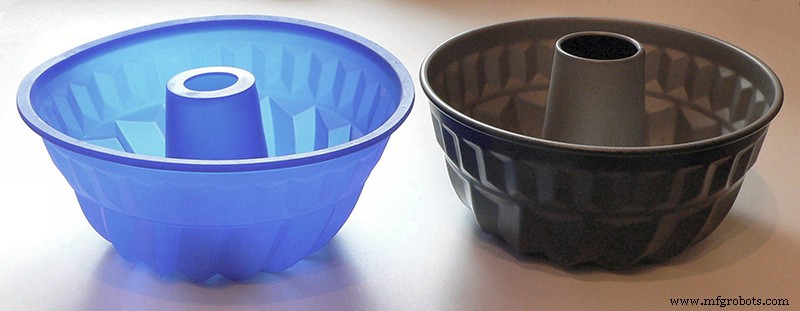
Image 6:Silicon molds. Sourcee:wikipedia
They are perhaps the most common type of mold and that we have all used at some time, for example to make ice cubes, chocolates or muffins.
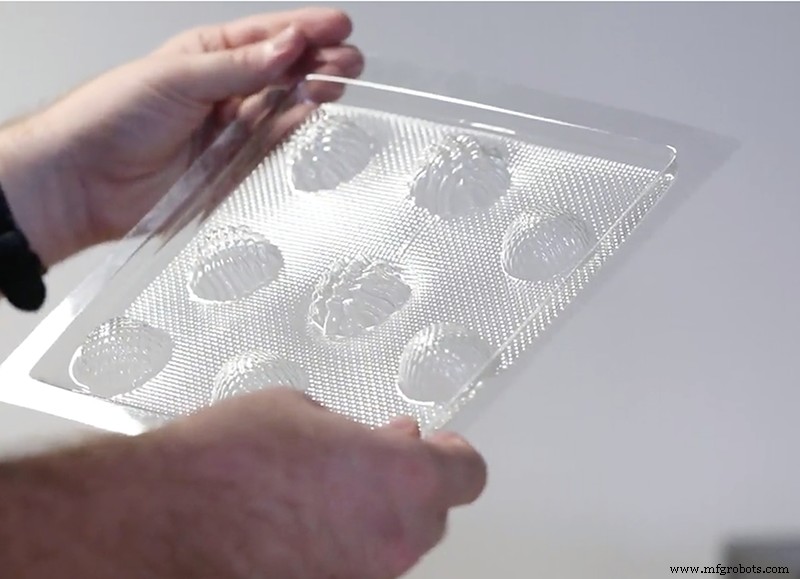
Image 7:Thermoformed mold. Source:Mayku
However, their use is not limited to domestic pastries, but they are widely used in jewelry to make resin jewelry components , or in art and decoration to produce elements in cement and plaster.
Despite the fact that its manufacture is very simple, the only way to make the molds is to have an original model to use as a template , and this is where 3D printing becomes useful.
3D printing provides the ability to obtain custom models, quickly and inexpensively to use as a template in the production of silicone and thermoformed molds. This, together with the availability of inexpensive thermoforming equipment such as the Mayku Formbox , make it possible for small patisseries, jewelery and artisans to produce their own personalized molds simply and inexpensively , giving added value to their products.
Video 3: Thermoformed with Mayku Formbox Source:Mayku
3D printing is not only a useful resource to reduce costs in low production volumes, but even in large productions, where the use of molds is essential, 3D printing has proven to be a very useful technology that can help its manufacture or in some cases even replace them.
3D печать
- Что такое ротационное формование?
- Роторное формование и ротационное формование:в чем разница?
- Может ли 3D-печать заменить литье под давлением?
- Что такое биопечать?
- Какие порошки для 3D-печати по металлу можно использовать в 2020 году? [Руководство]
- Что такое 4D-печать?
- 3D-печать - что вы можете создать сейчас и в будущем
- Какой тип оборудования для обработки пластмасс мне нужен?
- Что такое полимерная 3D-печать?
- Что такое литье по выплавляемым моделям?



